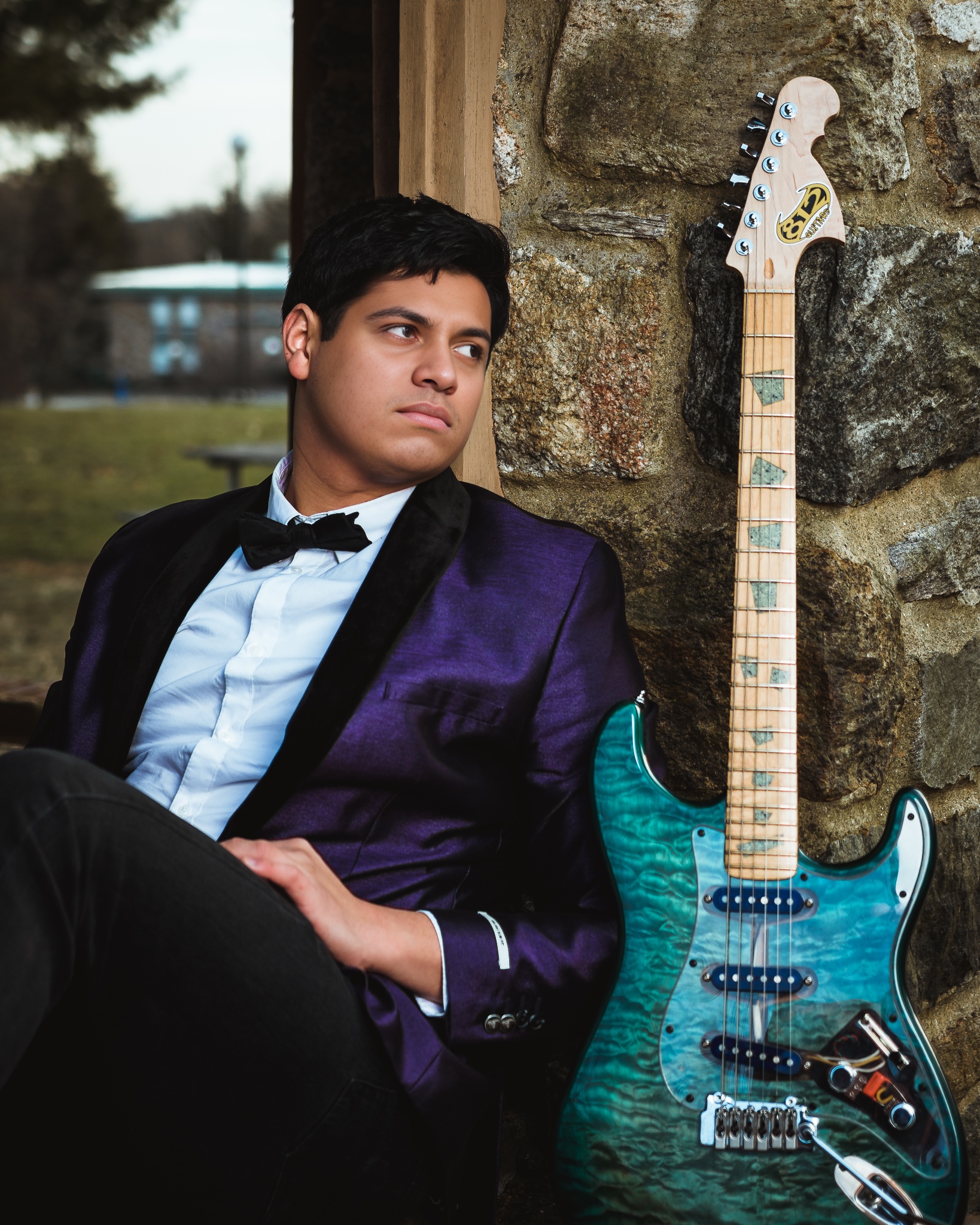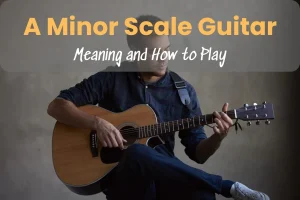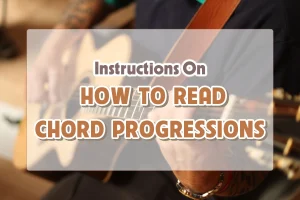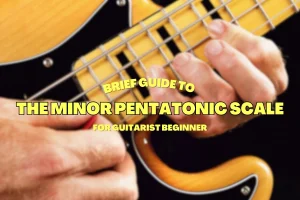Electric guitar strings have a big impact on your sound and playing style. The key to finding the strings that work best for your playing style is to experiment. Have you ever wondered how many strings on an electric guitar? There are many strings that can be on a guitar.
In this article, we will explore the common configurations, from the classic six-string models to the more unconventional seven, eight, or even more strings. EGuitarsmania will discover how the number of strings impacts your playing style, sound versatility, and musical creativity.

Choosing the Right Electric Guitar for You
The number of strings on an electric guitar has a profound impact on a player’s playing style. Consider the following variables when selecting an electric guitar based on string count. Here are some factors to match your playing style and musical ambitions.:
- Musical Genre: Determine the genres you are most passionate about. If you primarily play rock, blues, or pop, a six-string guitar may be ideal. For progressive metal, jazz fusion, or experimental genres, consider multi-string guitars.
- Skill Level: Beginners often start with a six-string guitar because of its manageable string count. More experienced players may explore multi-string guitars to expand their sonic capabilities.
- Comfort and Playability: Ensure that the guitar’s neck width and string spacing align with your comfort and playing preferences. Extended-range instruments may have wider necks that require adjustment.
How Many Strings On An Electric Guitar ?
For all the beginner, there are usually six strings on a electric guitar. When holding a guitar, string 6 is the closest to you. The thickness varies among the strings. String 1 is the smallest string, string 2 is the next one, and so on, all the way up to string 6.
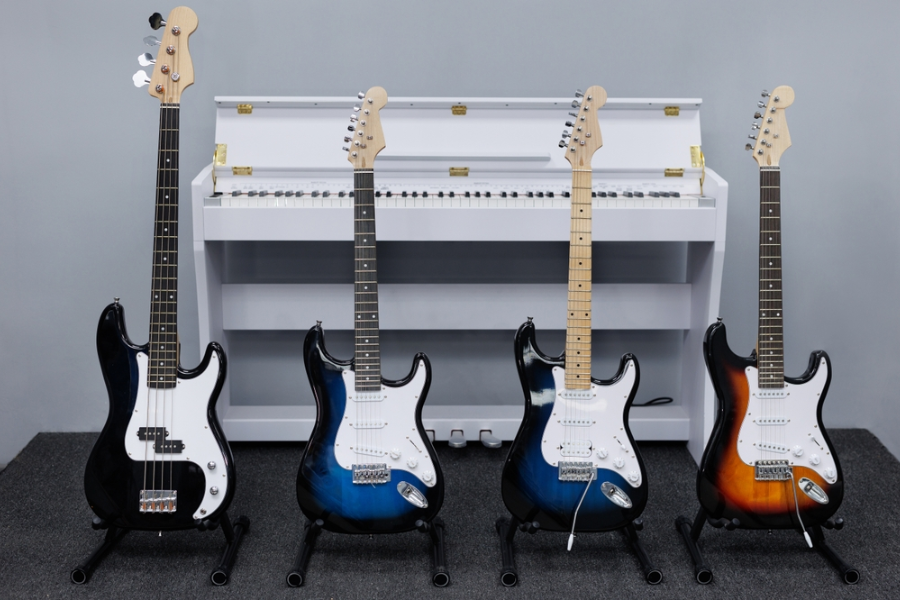
What is the standard configuration?
The story of the electric guitar begins in the early 20th century with the sound of the acoustic guitar for larger audiences. In 1931, the Rickenbacker “Frying Pan” electric guitar was a groundbreaking instrument for the electric guitars we know today. With a solid body and a standard configuration of six strings, create a classic and timeless performance.
Some of the greatest musicians in history, like Eric Clapton, Jimi Hendrix, and countless others, have used the standard six-string electric guitar to craft their masterpieces.
Advantages and disadvantages of six-string guitars. Each of these strings has a different gauge size, and the lower strings are thicker and have a lower pitch than the higher strings, which are thinner and have a higher pitch. Finally, modern electric guitars use nickel-plated steel for the most part.
In the world of electric guitars, the standard six-string configuration has a timeless appeal that inspires generations of musicians.

Advantages and disadvantages of six-string guitars
My journey with the six-string electric guitar has been filled with memorable experiences and musical discoveries.
| Advantages | Disadvantages |
| – Suitable for various musical genres. | – Limited range. |
| – Ease of learning and being beginner-friendly. | – Challenges with complex chords and fingerings. |
| – Portability, making it ideal for gigs and travel. | – Less suitable for genres demanding extended ranges. |
Six-string electric guitars are one instrument I can count on for a wide range of musical genres. My six-string guitar can play anything, from soft acoustic chords for an emotional song to fiery solos for a rock chorus.
When I first picked up the guitar, I found it easier to learn because there were not too many strings. It also allowed me to bring it, no matter where I went. Its relatively lightweight and compact size makes it the perfect companion for travelers, jam sessions, or even just a casual guitar set at a friend’s house.
While I love my six-string electric guitar, there have been moments when I wish for more strings. If you are trying to play a complex jazz piece that requires those extra bass notes, it will require more limited notes. This desire for sonic exploration has led me to experiment with guitars, which gives me a wider range of sounds to choose from.
Beyond the Standard: Multi-String Guitars
Multi-string electric guitars, often featuring seven, eight, or even more strings, represent an exciting departure from the traditional six-string configuration.
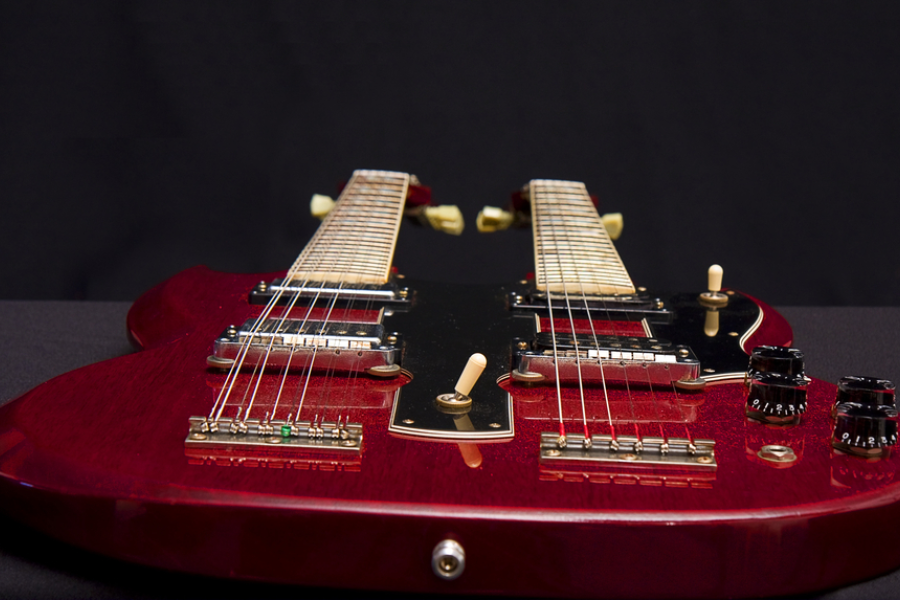
What are over 6 string electric guitars?
The number of strings on a guitar varies depending on the type of guitar and the style of music it is used for. Some guitarists use extended-range guitars with more than six strings in genres such as metal, jazz, and experimental music. Adding more strings to a guitar can provide a wider range of notes and tonal possibilities, but it can also make the instrument more difficult to play and keep in tune. Tension dynamics are trickier with multi-string guitars.
Multi-neck guitars add a new layer to the great question of how many strings you will find on a guitar. It could be 12, 18, or 30 strings. The double neck guitar is a type of guitar that features two necks and two fretboards, with each neck having its own set of strings.
There are some famous musicians who have used multi-string guitars, like Steve Vai with seven-string guitars or Fredrik Thordendal with eight-string models.
Benefits and challenges of extended-range guitars
These instruments give artists who want to explore new musical areas and push the limits of sound a lot of new options.
| Advantages | Challenges |
| – Enhanced chord voicings and complex harmonies. | – Higher string tension |
| – Ideal for specific genres like progressive metal | – Larger and heavier instrument size, affecting comfort. |
| – Smoother transitions | – Higher cost |
I’ve found that one of the most noticeable advantages of multi-string electric guitars is the extended range they offer. This has changed everything for me, especially when I want to rumbling notes or highly low, rising notes that I can’t do on a regular six-string. Another advantage I’ve noticed is how smoothly I can transition between musical sections using a multi-string guitar.
Genuinely, it wasn’t easy to make the switch to a multi-string guitar. Coming from a six-string background, I had to put in some effort to adapt my technique and get used to the additional strings. I noticed that multi-string guitars often come with higher string tension, especially on the lower strings. Finding the right balance between playability and comfort became crucial.
In the end, I believe choosing a multi-string guitar should depend on your creative ambitions and willingness to overcome challenges.

Unique playing techniques required
I have an idea of using a multi-string guitar in “Fear of the Dark” by Iron Maiden. A guitar with more than one string can give a performance more depth and flavor, especially during leads and parts where the guitars synchronize. Playing these instruments effectively requires mastering unique techniques beyond those used on standard six-string guitars.
- String Tension: Multi-string guitars may have higher string tension, particularly on the lower strings. The increased tension can lead to finger fatigue, so developing hand strength and endurance is crucial.
- Finger dexterity: When using multi-string guitars, one of the most important changes is being able to play chords with longer voicings. These chord shapes are very complicated and often span more than one string. Musicians have to learn how to pick and strum them.
- Two-Hand Tapping: These techniques are often more prevalent on multi-string guitars. Coordinating two hands for tapping while maintaining accuracy and speed requires focused practice.
Conclusion
The guitar is an amazing instrument that has evolved in the years. The standard six-string guitar is used in a lot of different types of music. Other guitars are more odd and have more than six strings.
It’s easy for beginners to start with the standard six-string electric guitar, and a lot of different singers rely on it. Multi-string guitars, on the other hand, offer unmatched tonal depth and creativity.
Our final thoughts, with self-assurance and enthusiasm, go off on a musical journey by exploring, experimenting, and embracing the instrument that speaks to our creative soul.

